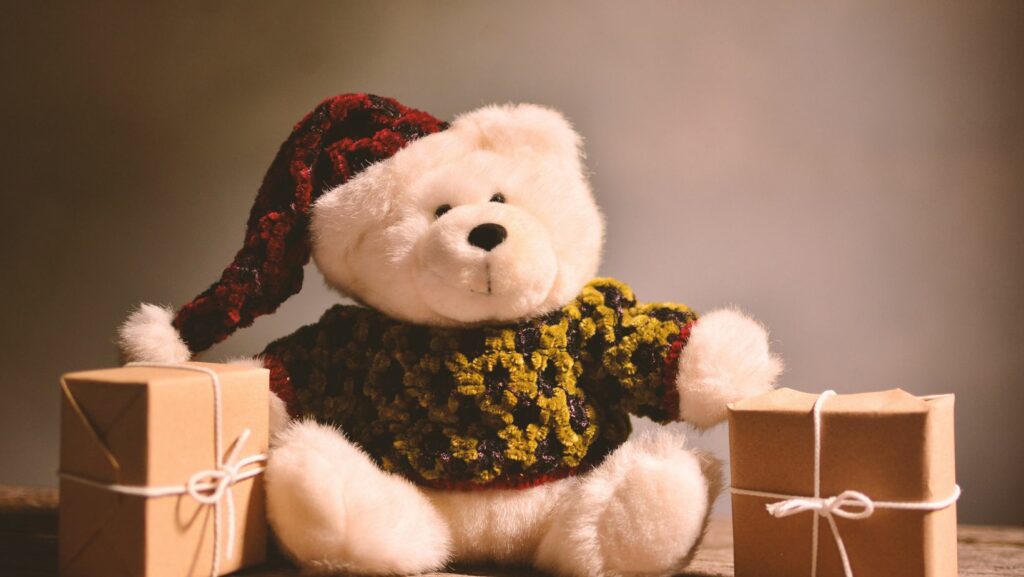In the bustling world of gift-giving, there’s a rising trend that’s capturing hearts and minds. It’s the allure of cultural and ecological gifts, a thoughtful alternative to traditional presents. These gifts don’t just bring joy, they also promote sustainability and respect for diverse cultures.
Cultural and ecological gifts offer a unique blend of sentimentality and responsibility. They’re not just about giving something material, but about sharing a piece of the world’s diverse heritage and fostering an appreciation for our planet. From hand-woven baskets made by indigenous artisans to tree-planting initiatives, these gifts tell a story of global unity and environmental stewardship.
With an increasing number of consumers seeking meaningful and eco-friendly alternatives, cultural and ecological gifts are paving the way for a new era of conscious consumerism. This article will delve into the enchanting world of these gifts, exploring their significance and the impact they make.
Cultural and Ecological Gifts
 Delving into the realm of cultural and ecological gifts implies engaging with thoughtful alternatives to traditional gift giving. These items represent a fusion of global heritage and environmental concern, granting consumers an opportunity for conscious consumerism.
Delving into the realm of cultural and ecological gifts implies engaging with thoughtful alternatives to traditional gift giving. These items represent a fusion of global heritage and environmental concern, granting consumers an opportunity for conscious consumerism.
Cultural and ecological gifts are unique items that propagate mindfulness in shopping practices. Cultural gifts, for instance, can embody various forms of arts, crafts, or literature that capture the essence of different global communities. Take, for example, unique handwoven rugs from Turkey, distinctively marked pottery from Mexico, or beautifully crafted jewellery from India. In contrast, ecological gifts might comprise sustainably sourced products or contributions to environmental causes. Indeed, gifts, such as bamboo toothbrushes, organic beauty products, or donations to reforestation charities, aim at promoting a greener planet.
Why They Matter
It’s crucial to recognize the significance of cultural and ecological gifts as they serve dual objectives. Firstly, they sensitize buyers and recipients to the richness and diversity of various cultured crafts across the globe. Concurrently, they underscore the importance of sustainable consumption for the well-being of our planet.
Cultural Gifts and Their Impact
 Diving deeper into the realm of cultural gifts, they serve as more than just tokens of appreciation. They act as storytellers, helping to preserve traditions and propagate cultural awareness. Opting for cultural gifts often carries significant implications for the preservation of traditions. For instance, purchasing a well-crafted Moroccan lamp or an authentic Chinese silk scarf enables the continuation of time-honored craft-making traditions. These purchases provide income for artisans, allowing them to pass on their skills to the next generation. Cultural gifts, in this context, become a powerful tool in protecting global heritages from fading into obscurity. They not only bear the soul of their culture but also seal the future of these traditions.
Diving deeper into the realm of cultural gifts, they serve as more than just tokens of appreciation. They act as storytellers, helping to preserve traditions and propagate cultural awareness. Opting for cultural gifts often carries significant implications for the preservation of traditions. For instance, purchasing a well-crafted Moroccan lamp or an authentic Chinese silk scarf enables the continuation of time-honored craft-making traditions. These purchases provide income for artisans, allowing them to pass on their skills to the next generation. Cultural gifts, in this context, become a powerful tool in protecting global heritages from fading into obscurity. They not only bear the soul of their culture but also seal the future of these traditions.
Cultural gifts act as ambassadors, introducing unfamiliar cultures to recipients. When someone receives a delicately painted Russian Matryoshka doll or a Kantha quilt from India, they gain an opportunity to explore a culture they might not have encountered otherwise. These gifts facilitate conversations around the world’s wide array of customs, handicrafts, and artistic expressions. By creating a platform for cultural exchange, these presents foster a sense of global citizenship, promoting understanding and respect for cultural diversity. Through this avenue, cultural awareness is not just promoted—it’s celebrated.
Ecological Gifts and Environmental Conservation
 Ecological gifts serve a dual purpose. Not only do they present a thoughtful offering, but they play a vital part in supporting and preserving our environment. Under the following subheadings, we’ll unpack these implications further and delve into specific examples. Ecological gifts often translate into direct action for the environment. These presents, ranging from adoption certificates for endangered animals to tree-planting initiatives, contribute directly to the preservation of ecosystems. For example, an adoption certificate for a polar bear from a reputable wildlife charity provides essential support for conservation efforts in the Arctic. Similarly, the gift of a tree in a reforestation initiative assists in the repopulation of forests, grappling with the challenges of deforestation and promoting biodiversity. Hence, ecological gifts offer a tangible way for individuals to contribute to a healthier planet.
Ecological gifts serve a dual purpose. Not only do they present a thoughtful offering, but they play a vital part in supporting and preserving our environment. Under the following subheadings, we’ll unpack these implications further and delve into specific examples. Ecological gifts often translate into direct action for the environment. These presents, ranging from adoption certificates for endangered animals to tree-planting initiatives, contribute directly to the preservation of ecosystems. For example, an adoption certificate for a polar bear from a reputable wildlife charity provides essential support for conservation efforts in the Arctic. Similarly, the gift of a tree in a reforestation initiative assists in the repopulation of forests, grappling with the challenges of deforestation and promoting biodiversity. Hence, ecological gifts offer a tangible way for individuals to contribute to a healthier planet.



